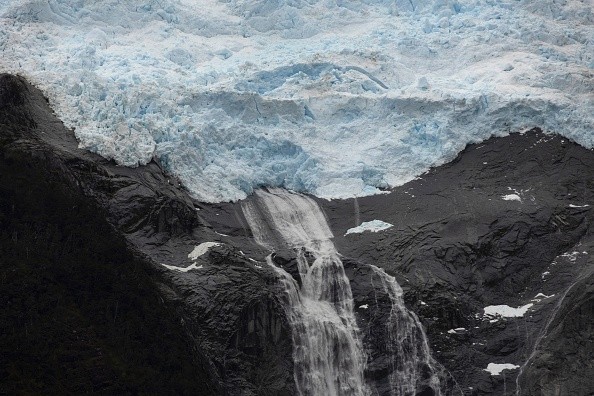If the Thwaites glacier in West Antarctica were to fully collapse, it would increase world sea levels by 65cm and may have a significant impact on the shoreline. Recent study shows that the glacier's long-term stability is in jeopardy as it loses more and more ice.

Climate Change Linked to Collapse of Glaciers
Increasing global sea levels by 65cm would have a significant impact on the shoreline. To put things in perspective, the sea level has risen by around 20 centimetres since 1900, displacing coastal residents and aggravating environmental issues like floods, seawater pollution, and habitat destruction, according to Scitech Daily.
There is a concern that Thwaites, the "doomsday glacier," may not be the sole glacier to succumb to climate change. If it were to flow into the ocean, it may set off a chain reaction that would raise the sea level by many metres if it dragged in other adjacent glaciers.
As a result of a phenomenon known as Marine Ice Cliff Instability (MICI), the glaciers in West Antarctica are at risk of collapsing into the ocean as the ice retreats.
Shanghai, New York City, Miami, Tokyo, and Mumbai would all be inundated by a sea level increase of several metres. It would also engulf low-lying island countries like Kiribati, Tuvalu, and the Maldives, as well as enormous swaths of coastal land.
Also Read : 'Doomsday Glacier' Almost Size of Florida Could Meet its End in 3 Years Due to Global Warming
Size of Thwaites
Thwaites is a river of ice about the size of Great Britain that is frozen. Around 4% of global sea-level rise is attributed to this one factor alone. Ice losses have progressively risen over the last three decades, totaling more than 1000 billion tonnes since 2000.
There is now twice as much ice being blasted into the ocean as there was in the 1990s due to an increase in flow speed of 30 years.
The Thwaites ice shelf is showing signs of fissures and crevasses, according to a study released in 2020. As a result of these findings, it seems to be structurally compromised.
Cracking and fracturing the ice shelf can cause it to weaken even more, setting it up for eventual disintegration as a result of the effect.
The glacier's end would be hastened if Thwaites' ice shelf were to break up. Thwaites Glacier would lose all its ice in the next decades or centuries if it didn't have an ice shelf to protect it.

Study of Other Unstable Glaciers
Scientists in West Antarctica's Amundsen Sea Basin are keeping a tight eye on the ice shelf, which may be regarded as a floating extension of Thwaites Glacier. Ocean temperatures are eroding many ice shelves, including Thwaites and its next-door neighbour, the Pine Island glacier.
Melting from below is possible because of the warm ocean water that may penetrate these floating shelves, causing cracks and fractures on the top to form as a result of weakening of the ice.
Additionally, the ice shelf's anchoring point to the seafloor is pushed rearward by this ocean-driven melting. Amundsen Sea's bottom slopes downhill, which might lead to glaciers losing their footing and swiftly retreating.
The future of the West Antarctic glaciers is still up in the air as scientists try to make sense of MICI. While it is possible that the collapse of Thwaites will lead to a general collapse, this is not universally believed.
Other research suggests that the catastrophic outcomes that some fear may not be caused by the destabilisation of the Thwaites ice shelf and glacier.
But even if the future of West Antarctica remains a mystery, one thing is certain: the receding Thwaites glacier will continue to raise global sea levels for many more years to come.
Related Article : Doomsday Glacier May Raise Sea Levels by Two Feet, Scientists Warn
For more news, updates about doomsday glacier and similar topics don't forget to follow Nature World News!
© 2026 NatureWorldNews.com All rights reserved. Do not reproduce without permission.





